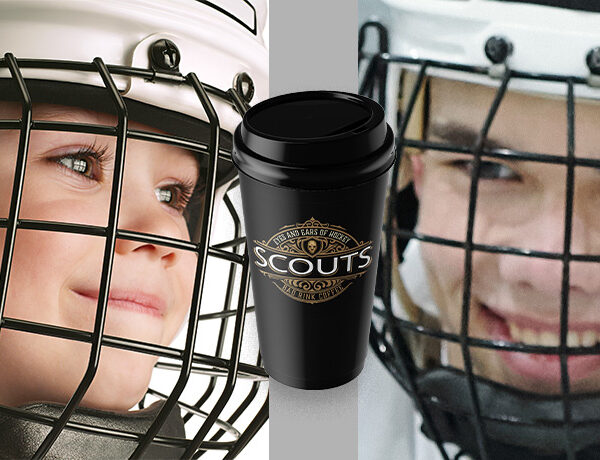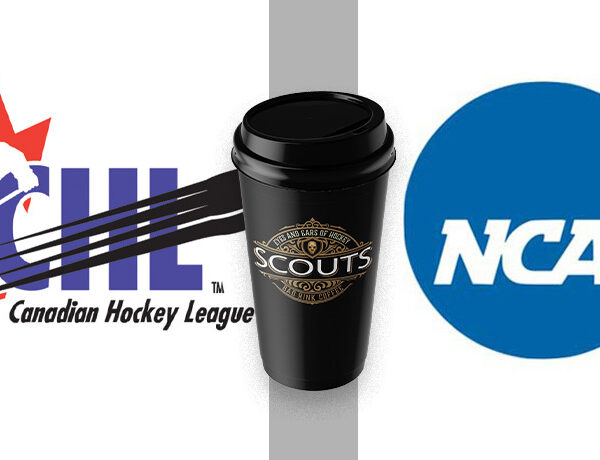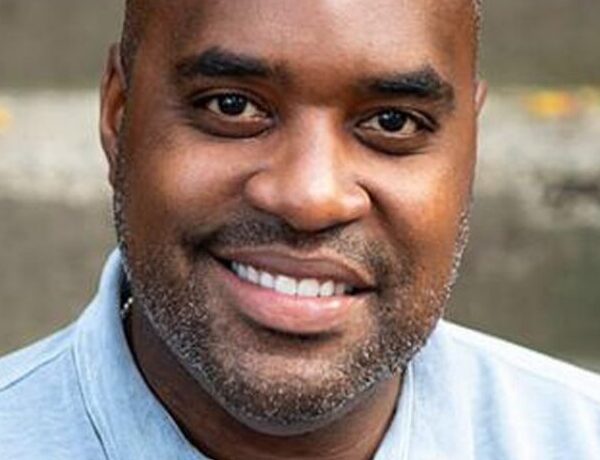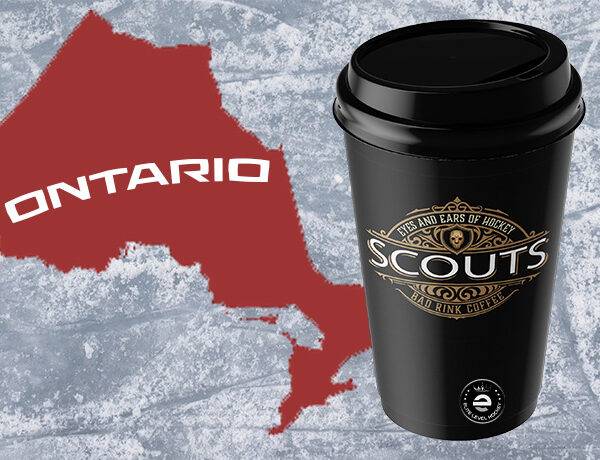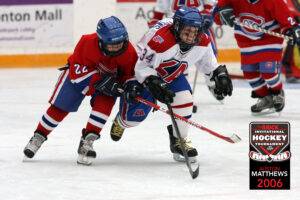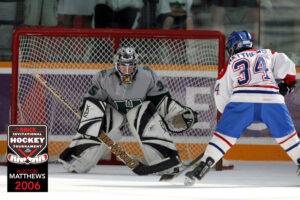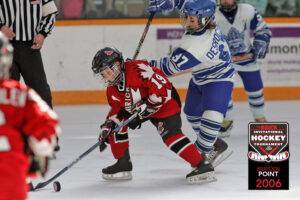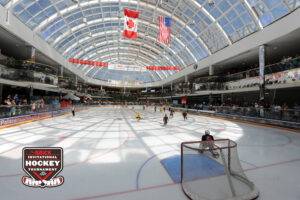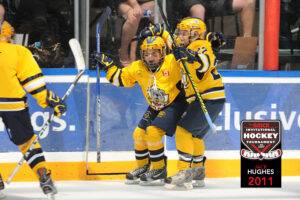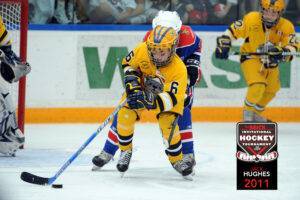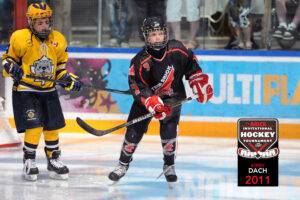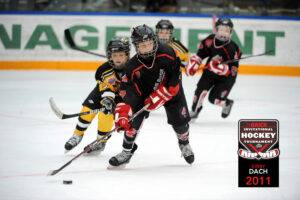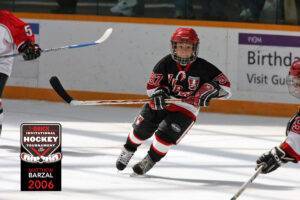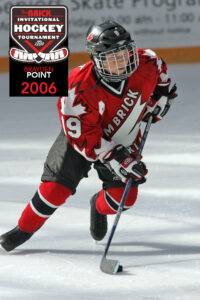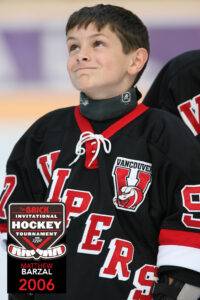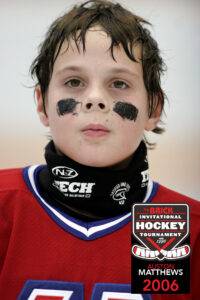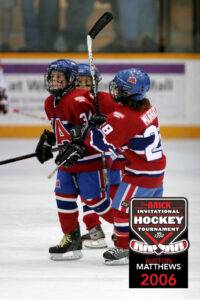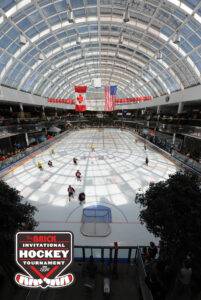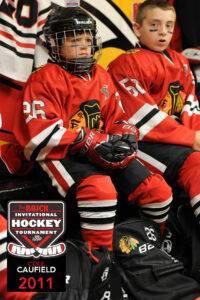The post Coincidental Minors: Episode 1 appeared first on Elite Level Hockey.
As young players move through the ranks of minor hockey and edge closer to their draft year, the same thought sits for many: ‘Where do I go after this year?’
For some, this is a motivating force that drives them to train harder on and off the ice, while leaving others with some feelings of anxiety and uncertainty if they go unnoticed. So what exactly is the key to moving forward, and are there any avenues for greater exposure?
At the higher ranks when players are in junior hockey, showcase camps are prominent throughout the hockey season and in the summer, where certain organizations host weekends of player development and competitive games. At most of these, collegiate and OHL scouts are invited to come and watch the talent, with their goal of picking up a few stand-out players who make the most of their weekend performance. The majority of these come at a cost of $200-$500, and picking your spots for entering the right showcase is critical so money isn’t wasted.
Unfortunately in minor hockey, showcase camps like these are slim to none, but that doesn’t mean recruiting isn’t occurring. While players and parents may not see it, there is always someone in the stands from an organization looking for talent. OHL and junior teams have designated scouts they send to league games throughout the season and across the province, constantly seeking out players ahead of the spring draft and spring junior camps. Scouting is quite high near the beginning of the season, when fresh talent is emerging and players are excited and energized to kick off their first few games with success. Early bird tournaments and Christmas tournaments are big recruiting grounds as well, since scouts have the ability to watch multiple teams play across the span of one weekend.
The minor midget year is a big season for all players as they look forward to their opportunity to be drafted in the following spring. At this age group in AAA only, one of the few showcases and arguably the biggest one at the minor hockey level in Ontario is the OHL Cup. This tournament is hosted after playoffs end, and it features the top minor midget teams across the province as well as a couple teams from the United States. It is invitation and qualification-based, as you must be ranked in a certain position at the end of your season (pending on your league) in order to receive the invite. There are also ‘wild card’ invitations as well, where 10 teams outside of the invitees are matched up and play a single-game qualification to receive their tournament invite. The rules for qualifying for the wild card matchups differ across the leagues in Ontario.
The OHL Cup is very heavily scouted, as there is an abundance of talent when looking at the players of the top teams in the province. Most scouts already have their primary list of players on their radar, but this tournament is a chance for some to move up the draft list if they have a stellar performance. It takes one solid week in front of the eyes of these scouts to make an impression, and there’s no better time to prove yourself when you’re up against some of the best players in your age group. It is safe to assume that every OHL team will be present during this week, as well as many NCAA Division 1 programs making the trip up north to seek out players for future scholarships. In terms of showcases at the minor hockey level, this is one that all players would definitely want their team to be in.
Another invite-only tournament is the OHL Gold Cup, hosted in the spring for minor midget players. 160 players are selected across all the Ontario minor hockey leagues, with each league building one or two teams depending on their player density. This tournament serves as a recruiting and scouting ground for Hockey Canada officials to evaluate players to be a part of Team Ontario, in which the team will go on to compete at the national level in various tournaments for the U17 categories. The selected players for Team Ontario will also go on to compete as one of three Canadian teams at the U17 World Hockey Challenge, an international competition where many scouts from all over the world will be present. While this event is primarily focused on scouting for global tournaments, having the opportunity to participate can put a player in front of many sets of eyes that could lead to greater networking, connections, and opportunities at higher levels in the future.
With these opportunities present at the minor midget level, many people might ask how their child can get noticed at a young age without access to these big showcase tournaments. The answer here is quite simple, and I’m sure it has been heard many times before: you need to CONSISTENTLY stand out above the rest. Sometimes, parents will try to find summer tournaments and camps to try and get their kid exposed to coaches, but at the end of the day it is up to them to perform and catch their attention. This comes from within the player, as they have to possess that desire and competitive nature to want to get better and be the best player they can be. It takes a certain spark or ‘wow’ factor to catch the attention of scout, and each player needs to find their own edge as they grow up and develop. While player development has seen tremendous growth over the years, there are a lot of kids out there who possess the technical skills to be great. It ultimately comes down to how a player is able to utilize those skills and craft their game to gain the attention of scouts as they grow up. If you’re good enough, the interest will come to you at the end of the day.
